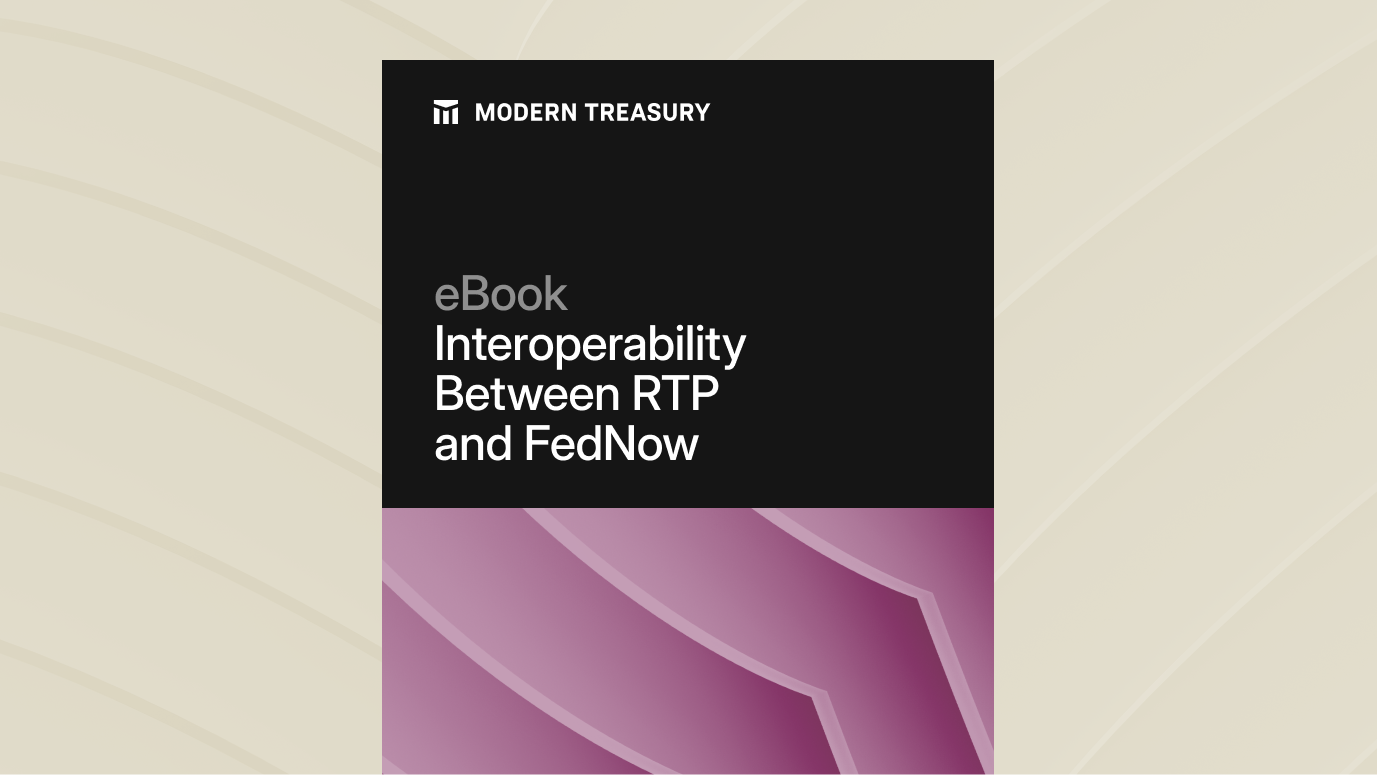Join us at Transfer 2025 to hear how industry leaders are building payments infrastructure for a real-time world.Register Today →
Real Time Payments Around the World
As a category, moving money instantly is often called “faster payments.” Faster payments are defined by three attributes: speed (instant), availability (24x7x365), and confirmation (available to both sender and receiver immediately). And though we think of the United States as a global leader in innovation, when it comes to faster payments, we are lagging way behind.

Anyone who reads this blog knows that at Modern Treasury, we’re believers in real time payments. We think it will change the future of American payments.
As a category, moving money instantly is often called “faster payments.” Faster payments are defined by three attributes: speed (instant), availability (24x7x365), and confirmation (available to both sender and receiver immediately).[1] And though we think of the United States as a global leader in innovation, when it comes to faster payments, we are lagging way behind.
Most faster payment systems around the world are credit-only, and are built so that payments cannot be reversed. For this reason, it’s sometimes a good analogy to think of faster payments as instant wire transfers.
History
The first faster payments system launched in Japan in 1973. It’s called Zengin.
Country by country adoption was relatively limited until 2000, when a number of countries started implementing faster payment systems. Here’s a table of select countries, the year they launched faster payments, and the name of their payments system.

Fifty six countries are live with faster payments globally, so we haven’t listed them all here. [2] We chose countries that have high payment volume, high overlap of business with United States companies, or large populations.
Separately from this list, there are real-time payment networks used for high value settlement payments between banks. One example is the delightfully named CHAPS in the United Kingdom.
Adoption Rates
Perhaps more interesting than the launch history is how successful each launch has been. The best data we could find on adoption comes from SWIFT [3], and shows three curves of adoption:

Real Time Payments in the US
The first of two faster payment schemes, Real-Time Payments (RTP), launched in the US in 2017. Total volume has not been disclosed, all we know is that it is in the “billions.” Because we don’t know volumes we can’t put the US onto one of the adoption curves above. Yet.
FedNow is launching in three to four years. The FedNow faster payments product is expected to be interoperable with RTP, much like how ACH operates today.
Real-Time Payments can be an interesting option to consider instead of same-day ACH, wire payments, or push to card. Depending on your business, it can improve workflow, operations, customer service, reconciliation, or user delight. If you’re interested in adding RTP to your payment flows or processes, send us a note. We’d love to brainstorm with you.
This definition is not limited to US institutions. The Bank for International Settlements uses a similar definition: “a “fast payment” is defined as a payment in which the transmission of the payment message and the availability of “final” funds to the payee occur in real time or near-real time on as near to a 24-hour and seven-day (24/7) basis as possible.”
One helpful resource that profiles each country is Flavors of Fast, a report by FIS.
The adoption rate chart comes from this report from SWIFT.
Try Modern Treasury
See how smooth payment operations can be.







